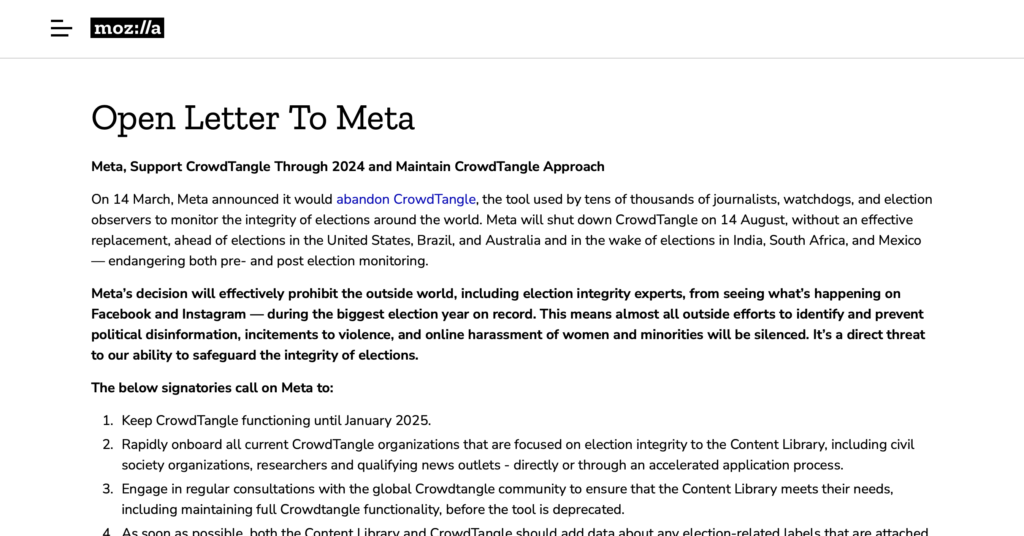Why Widespread Mail-In Voter Fraud Is a Myth
With a historically high number of Americans voting by mail this year, it’s a good time to explain why voters should have confidence in mail-in ballots.
Since March, the president has repeatedly made false claims about mail-in voting, tweeting that it causes “[b]ig problems and discrepancies” and that ballot drop boxes “make it possible for a person to vote multiple times.” (Twitter appended cautionary notes to both tweets.) And there’s now evidence that foreign actors are carrying out a similar disinformation campaign; last week, Iranian hackers emailed hundreds of voters a video depicting a bogus mail-in ballot fraud scheme, attempting to communicate that mail-in voting is rife with fraud.
When reporting on mail-in voting, many journalists are quick to point out that there is no evidence of widespread absentee voter fraud. But there isn’t very much reporting on why absentee voter fraud is so rare. Simple security checks are the reason. Let’s go through the life of a typical absentee ballot, from voter registration to ballot tallying, noting some of the security checks along the way.
The Absentee Process is Full of Security Checks
First, a voter has to register with the state, providing identifying information like date of birth and social security number. Voters also typically have to sign a statement under penalty of perjury, attesting that they are who they say they are.
In most states, even those that started allowing no-excuse absentee voting this year, voters have to request that an absentee ballot be mailed to them. Typically, voters provide identifying information and a signature, which election officials will check against the information kept on file.
Then blank ballots are mailed out to voters, often printed on special paper. There is usually a unique number or barcode printed on each ballot, tying it to a specific voter. Voters complete and return their ballots, providing another signature and, in some cases, further identifying information. This information, and sometimes the signature, is again checked against the official file before the ballot is tallied. As you can see, there are many obstacles in the way of a would-be absentee ballot fraudster.
Election Officials Easily Stop Voters From Voting Multiple Times
Because election officials can track whether a voter has requested or returned a ballot, voters are not able to request and cast multiple ballots. When election officials receive an absentee ballot, they mark the voter file, indicating that the person has voted. That way, if a person who has already cast an absentee ballot shows up in person, poll workers will know. Voters would then have the option of casting a provisional ballot, but only one ballot would ultimately be counted.
Individual Fraud is Not Worth It
An individual who wants to cast an absentee ballot in someone else’s name would have to have identifying information on someone else, and might have to forge their signature. They would have to make (possibly multiple) false sworn statements, would be in violation of federal laws, and would be at risk of some severe penalties. And they are likely to get caught—just this summer, a Michigan woman was charged with a felony for forging her daughter’s signature on an absentee voter application. The incentive to commit this kind of fraud is incredibly low, as you would face severe penalties just to cast a single additional vote with an infinitesimally small chance of being decisive to the outcome.
Widespread Voter Fraud is Nearly Impossible and Would Almost Certainly Be Detected
Moreover, even though there are scattered cases of individual absentee voter fraud—about one case per state every six or seven years—it would be nearly impossible to commit fraud on the scale required to swing an election result, even for most local races. To do so would require having identifying information, and forging signatures, for hundreds or thousands of people. That would probably require coordinating with lots of people, each of whom would be exposing themselves to felony charges.
Nor can a fraudster just print out thousands of fake ballots and mail them in. Standard absentee ballots are printed on special paper, and must be associated with a particular voter ballot request, often by a voter-specific barcode. When Iranian hackers sent intimidating emails to voters last week, they linked to a video depicting a bogus scheme involving fraudulent Federal Write-In Absentee Ballots (FWABs), an emergency backup ballot that can be printed out by military and overseas voters. But as the Cybersecurity & Infrastructure Security Agency pointed out, only about 23,000 FWABs were submitted in 2016. The rarity of this option—in addition to the aforementioned security checks, most of which apply to FWABs as well—means that a scheme involving thousands of fraudulent FWABs would be easily detected and stopped.
Spread the Word: Absentee Voting is Secure
Over the last few months, CDT has been working hard to spread the word not only that widespread absentee voter fraud is rare, but why it is rare. It is rare because our absentee voting infrastructure, like our in-person voting infrastructure, is designed to prevent it. To make sure the message is heard loud and clear, we put together a public service video that is making the rounds on social media.

Click the image to watch our PSA video on the security of mail-in voting.
We also held a press briefing and, in collaboration with the Institute for Technology Law & Policy at Georgetown Law, a training for state attorneys general, fielding questions from these important constituencies on how to secure election infrastructure and communicate with the public about election security.
One last thing. Although absentee voting is secure, the closer voters get to Election Day, the U.S. Postal Service reminds voters to be mindful of their state’s laws about submitting their ballot. If you have an absentee ballot in hand, be sure to follow the voting instructions and then drop it off ASAP if your state has ballot drop-off locations. If you can’t do that, vote early in-person if you can. And if you can’t do that, vote on Election Day. Find your state or local election office website here to find out what options are available to you.


